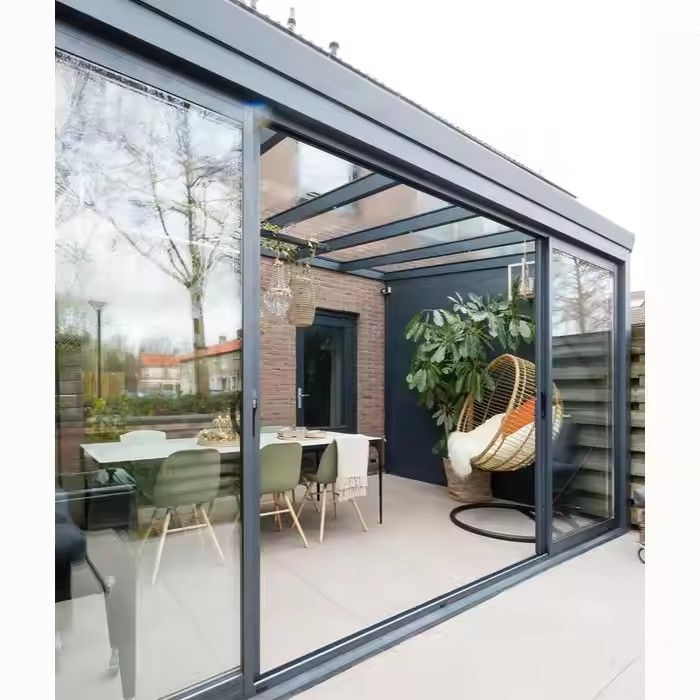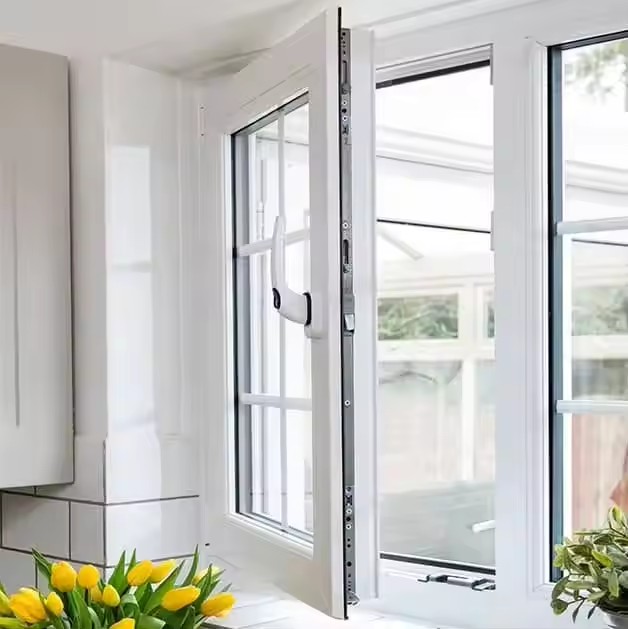I. Logic of Building the Research Framework: Centered on “Demand – Supply – Constraints”
Market research in Australia’s windows and doors industry should be built on a closed-loop logic that revolves around three core elements: the essence of market demand, the capacity of supply-side matching, and the boundaries of external constraints. At its core, windows and doors serve as key components of a building’s external envelope, combining functional performance (thermal insulation, soundproofing, security) with aesthetic appeal (design style, brand tone). Market performance is thus influenced by demand drivers such as new construction and renovation, supply-side factors such as supply chain efficiency and technological innovation, and external constraints including policies, regulations, and certification standards.
The core objectives of research should be:
Identifying real demand pain points
Evaluating the competitive landscape on the supply side
Anticipating opportunities and risks arising from regulatory trends
Therefore, the research framework should consist of six interrelated modules:
Macroeconomic environment scan
Industry ecosystem analysis
Demand structure segmentation
Competitive landscape mapping
Supply chain resilience assessment
Trend and policy tracking

These modules are interdependent. For example, technical standards within the “industry ecosystem” directly influence consumer preferences for energy performance in the “demand structure,” while the resilience of the supply chain determines the cost difference between local and imported brands in the “competitive landscape.”
II. In-Depth Analysis of Core Research Dimensions
(1) Macroeconomic Environment: Anchoring the Market’s Structural Foundation
The macro environment acts as the “ceiling” determining the size and direction of the market. Research should focus on three aspects:
Interlinking Economic Trends with Real Estate
Demand for windows and doors is closely tied to the property market. Two key indicators should be collected:
New home approvals (from ABS monthly building approval data)
Renovation rates of existing homes (HIA renovation reports)
The former reflects incremental market potential, while the latter captures replacement demand. For instance, in 2023, new home approvals in Australia dropped 12% year-on-year, but renovation expenditure rose by 8%, suggesting a market shift toward customization and premium upgrades.
In addition, mortgage interest rates and household disposable income (from ABS national accounts) directly affect home buying and renovation decisions, and determine consumers’ willingness to pay for mid-to-high-end window products.
Policy and Regulatory Boundaries
Australia’s mandatory standards serve as key entry barriers. Key research areas include:
Energy standards: The National Construction Code (NCC) specifies region-based limits for U-values of windows (across Climate Zones 1–8), affecting product design such as double glazing and Low-E coatings.
Safety standards: AS 2047 (installation requirements) and AS 1288 (glass safety standards) set regulations for wind load resistance and anti-theft performance, particularly stringent in cyclone-prone Queensland.
Environmental policies: Requirements include FSC certification for timber windows, recycling norms for aluminium, and state-level waste reduction mandates in places like Victoria.
Population and Urbanization Trends
Net population inflow—particularly in urban hubs like Sydney and Melbourne—drives housing demand. Meanwhile, Australia’s ageing population (17% aged 65+) creates growing demand for elderly-friendly window features (e.g. low-threshold designs, easy-to-operate locks). Changes in migration patterns (e.g. increasing Asian immigrants) may also shift consumer preference toward minimalist or culturally specific styles (e.g. Asian-inspired aesthetics).
(2) Industry Ecosystem: Full-View Scan from Scale to Value Chain
The industry ecosystem analysis should answer three fundamental questions:
How large is the market?

Where does the value come from?
How is profit distributed?
Market Size and Segment Breakdown
Use authoritative sources like IBISWorld or Statista to obtain market size data (e.g. AUD 8.5 billion in 2024), and further segment by:
Demand type: New residential (approx. 55%), renovation (35%), and commercial buildings (10%), each with differing preferences (e.g. commercial favors aluminium curtain walls, residential favors split-type windows).
Material segmentation: Aluminium (approx. 60%, favored for corrosion resistance), PVC (20%, for its cost efficiency), timber (15%, high-end applications), and composites (5%).
Regional differences: NSW (30%) and Victoria (25%) lead demand due to population density, while Western Australia and Queensland show faster growth driven by resource sector urbanization.
Industry Value Chain Mapping
The value chain features a pattern of upstream concentration, midstream fragmentation, and downstream diversity:
Upstream: Suppliers of glass (e.g. Viridian, Pilkington) and aluminium profiles (e.g. Capral, Aleris) are highly concentrated and hold pricing power.
Midstream: Over 2,000 assembly and manufacturing firms, mainly small to medium-sized local players. Leading brands like A&L Windows and Bradnam’s Windows hold less than 15% market share.
Downstream: Sales channels include building supply chains (Bunnings, Mitre 10), direct sales to builders, and dedicated window stores. E-commerce accounts for less than 5% but is growing rapidly.
Cost Structure Analysis
Evaluate cost differences between local and imported products. For local production:
Raw materials (glass, profiles): ~40%
Labor (assembly, installation): ~30%
Logistics and warehousing: ~15%
Imported products (mainly from China and Malaysia) add 20%–30% in sea freight, plus 5%–10% in duties and customs clearance. However, labor costs are just one-third of local levels, giving imported standard products (e.g. basic aluminium windows) a clear price advantage.

